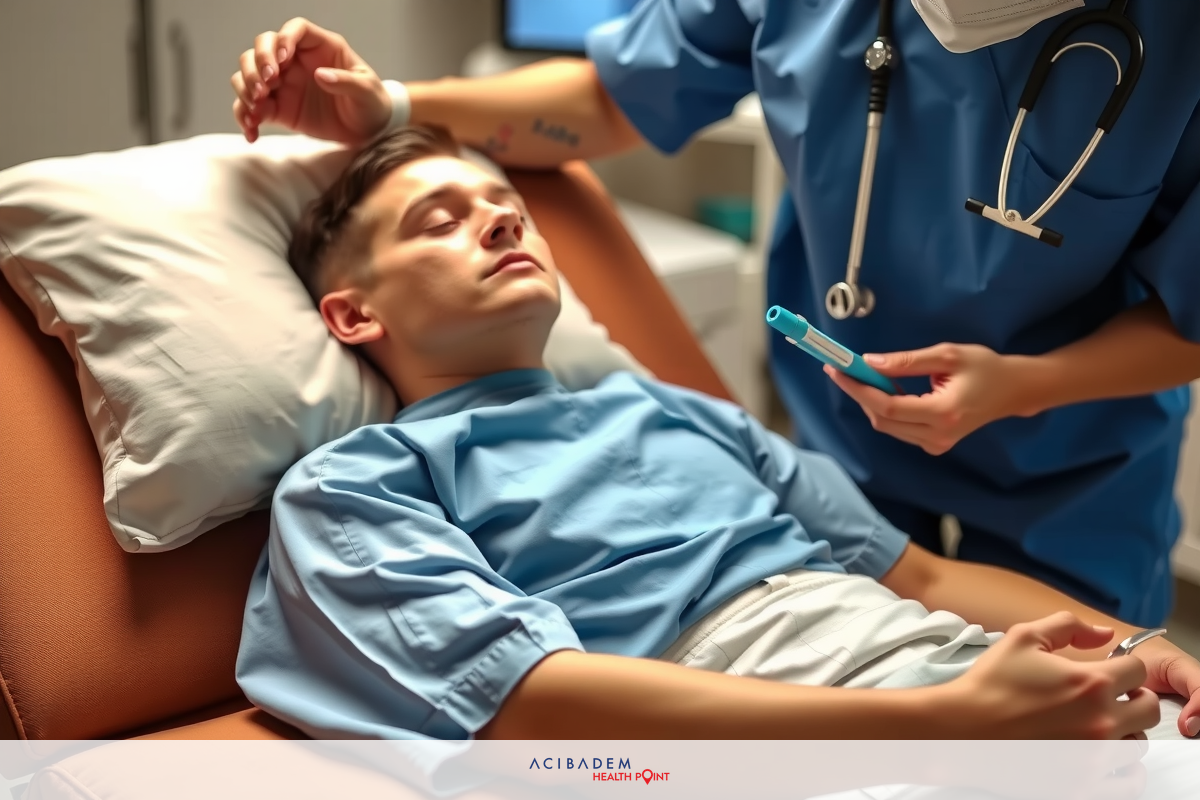Is Nasal Packing Required After Rhinoplasty?
Is Nasal Packing Required After Rhinoplasty? Rhinoplasty, a form of nasal surgery meant to alter the shape or improve the function of the nose, often raises questions about post-operative care. One such concern is whether nasal packing will be necessary after surgery. Nasal packing—medical gauze or cotton packs placed within the nostrils—may sound daunting but serves an essential role in healing and recovery.
The practice of using nasal packing stems from its ability to stabilize newly adjusted tissues and absorb excess fluids. It also helps reduce swelling and prevent complications like bleeding. The duration for which it’s left inside varies with each patient, depending on factors like surgical complexity, individual health profile, and physician preference.
During removal of this packings—which might cause apprehension among patients—the procedure is generally swift and managed with utmost care by healthcare professionals so as not to discomfort the patient unduly. All these aspects underscore how integral nasal packing can become in facilitating effective recuperation post-rhinoplasty.
Why is Nasal Packing Used?
Nasal packing, a common practice following rhinoplasty, serves several crucial roles in postoperative care. It’s not just about placing gauze or cotton packs within the nostrils; it’s a strategic move that ensures optimal recovery. The first and foremost reason for its use is to stabilize the newly adjusted nasal tissues. Rhinoplasty involves surgical alterations of the nose structure—modifying bone and cartilage—which necessitates internal support during healing.
Nasal packing acts as an absorbent material soaking up excess fluids that may accumulate post-surgery. In most cases, after surgeries including rhinoplasty, there can be some degree of bleeding or secretion discharge from the operated site. This natural physiological response can lead to discomfort if not managed well—this is where nasal packing comes into play by absorbing these secretions effectively.
Besides stabilizing tissue and absorbing secretions, another significant benefit of nasal packing lies in its ability to reduce swelling—an expected occurrence after any form of surgery like rhinoplasty—and prevent complications such as excessive bleeding or formation of septal hematoma (a collection of blood within the septum). By applying
gentle pressure on intranasal structures through this packed material, we ensure a safer recovery journey for patients who have undergone nasal surgery.
How Long is Nasal Packing Left In?
The timeframe for retaining nasal packing post-rhinoplasty isn’t set in stone—it varies depending on a constellation of factors. These consider the complexity of the surgical procedure, individual patient’s health profile, and even the surgeon’s preference. It’s essential to remember that this duration aims at ensuring maximal recovery benefits while minimizing potential discomfort from extended packing presence.
In general practice, nasal packing after rhinoplasty is typically kept in place for 24 to 48 hours. This period allows ample time for initial healing processes to kick-start—like clot formation and tissue stabilization—while absorbing any possible secretions efficiently. Beyond this point, leaving packs inside may not only be unnecessary but could also induce discomfort or cause difficulties in breathing through the nose.
However, there are exceptions where longer periods might be necessary—for instance, when complex reconstructive surgeries are involved or if an individual has certain medical conditions affecting their healing

process. Here, physicians may decide to leave packs in place beyond 48 hours as a safety measure against complications such as bleeding or swelling. Ultimately though, patients must follow their physician’s advice regarding removal timing because each case presents its unique circumstances requiring personalized care strategies during recovery from rhinoplasty.
What to Expect During Nasal Packing Removal?
The removal of nasal packing after rhinoplasty is a crucial step in the recovery process. It’s typically a quick procedure done by healthcare professionals, but patients often approach it with an understandable degree of apprehension. This reaction arises mainly from uncertainty about potential discomfort during the extraction and what changes they might perceive post-removal.
Removing nasal packs involves gentle and careful extraction to minimize any possible discomfort or distress. The patient would be seated comfortably while the professional slowly pulls out the packings from each nostril using sterile forceps. While some minor sensations—like pulling or pressure—are inevitable during this process, severe pain isn’t typical if handled skillfully.
Subsequent to removal, patients usually notice an immediate relief in breathing through their noses—a sensation that was likely compromised due to space occupying packs inside their nostrils. Additionally, there might also be temporary residual secretions for a few hours following packing removal which can be managed with
simple home care methods like saline sprays or humidifiers as advised by your healthcare provider. As always though, it’s essential for patients who have undergone rhinoplasty to maintain open communication with their physicians throughout these stages of recovery—to address concerns promptly and ensure optimal healing outcomes.
Frequently Asked Questions
Is nasal packing always necessary after rhinoplasty?
Not always. The need for nasal packing depends on several factors including the complexity of the surgery, individual patient characteristics, and surgeon's preference. It is used when it can aid in stabilizing tissues, absorbing secretions, reducing swelling and preventing complications.
Can I remove the nasal pack myself at home?
No, it's essential that a healthcare professional removes your nasal packing. This ensures it's done gently and correctly to minimize any discomfort or potential complications.
Will removal of the nasal pack be painful?
While you might feel some minor sensations like pulling or pressure during removal, severe pain isn't typical if carried out skillfully by your healthcare provider.
What should I do after my packs are removed post-rhinoplasty?
After removal of your packs, following your physician’s instructions for care is crucial. You might notice temporary residual secretions which can usually be managed with simple methods like saline sprays or humidifiers as advised by your doctor.











